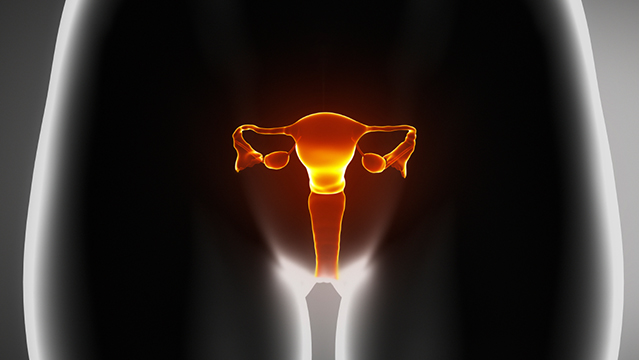
Contact Us
Bladder Prolapse Surgery
Bladder Prolapse Surgery
Bladder Prolapse, also referred to as a Cystocele, occurs when the bladder slips from its correct position, caused by the weakening of supportive ligaments and muscles. Bladder Prolapse may result from a variety of causes, including multiple pregnancies, heavy lifting, obesity, menopause and chronic coughing. Symptoms frequently associated to Bladder Prolapse include discomfort or pain in the vagina, lower abdomen, pelvis or lower back, frequent urination, painful intercourse, frequent urinary tract infections and in some cases protruding tissue from the vaginal area. Bladder Prolapse can often be detected through a routine vaginal exam, but in some cases a Voiding Cystourethrogram (urinary x-ray) as well as other tests may be required
Severe prolapsed bladders often require surgery to correct them. Prolapsed Bladder Surgery is usually performed through the vagina, with an incision in the vaginal wall. The surgeon will move the bladder to its normal, appropriate location. The prolapsed area is closed and, depending on the severity of the prolapse, the wall may be strengthened by folding and/or cutting out a section of the vaginal wall. Stitches are made in the tissue separating the bladder and vagina; holding the walls of the vagina in the correct position. A synthetic or biological material mesh sling may also be used to keep the bladder in place. The surgeon will go over all risks and complications that may be associated with this procedure during a pre-op consultation.
Depending on each patient and complexity of the procedure, surgery can be performed while the woman is under general, regional, or local anesthesia. Most patients are discharged home on the same day as the surgery.
Following Bladder Prolapse Surgery, most women can return to their normal level of activity approximately 6 weeks after the procedure.
Definitions
Hysterectomy
Vaginal Tightening













